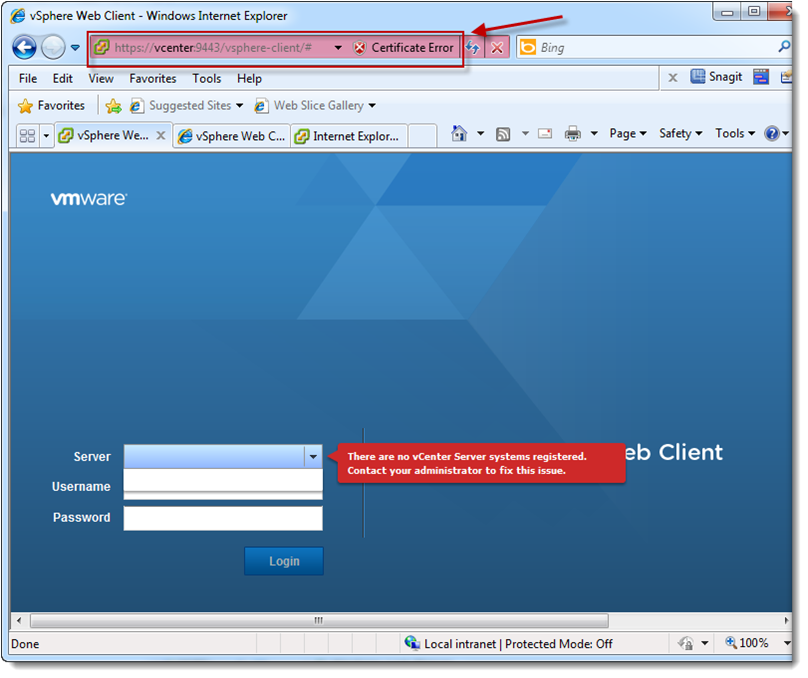
The Navigator supports two primary mechanisms for finding objects: inventory trees and inventory lists. The Home level of the Navigator also provides access to functions such as Administration, Roles and Permissions, and so on. You can include one link at the Home level of the Navigator, and this link must navigate to your solution home page. The Home (top-level) of the Navigator provides links to major features and solutions. Selecting an item in the Navigator drives the display of information in the workspace. The Navigator is what its name implies-the primary navigation mechanism within the vSphere Web Client environment. The vSphere Web Client is displayed within a web browser at a default size of 1024 by 768 pixels. Global sidebar-A collapsible dock for the Work in Progress, Recent Tasks, and Alarm portlets.Workspace-The main canvas for your solution.Navigator-The primary navigation mechanism.The next component to install is the Inventory Service.The design of your solution will make use of the three major areas of vSphere Web Client: VSphere Web Client installation is complete. When the Setup Wizard completes the installation, click Finish to end the procedure.īefore accessing vSphere Web Client for the first time, you need to wait some minutes to allow the system to load all services. The next screen shows the installation status. The wizard is now ready to complete the installation. You must install the certificate in the system to make connections secure. Click Next.Ī self certificate is generated by the system. Type SSO administrator and password leaving the default value in the Lookup Service URL field. If you don't have specific needs, leave default ports. Leave default installation directory then click Next. You have to accept the EULA prior continue. Part 8 - Create Update Manager database and DSNįrom VMware vCenter Installer select vSphere Web Client option and click the Install button.Part 6 - Create vCenter database and DSN.Part 3 - Install vCenter Single Sign-On.

The classic vSphere Client is still operating to support only the features set in vSphere 5.0 and used for the vSphere Update Manager and Host Client. To perform the correct installation, vSphere Web Client requires SSO service installed in the system. Installing vSphere Web Client you can access all the latest 5.5 features. VSphere Web Client allows to manage vCenter Servers and their inventories using a browser.


 0 kommentar(er)
0 kommentar(er)
